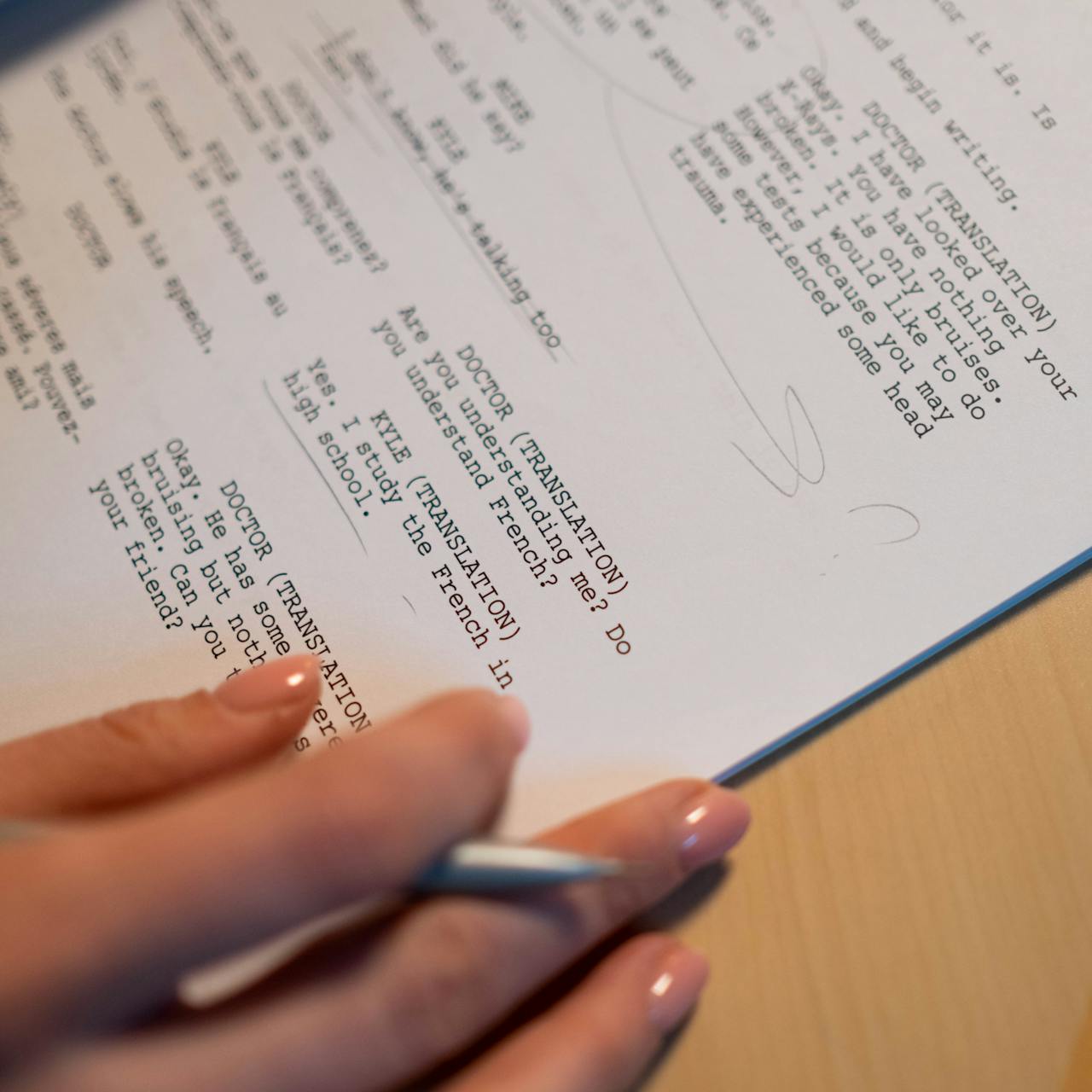Why Text Editing Matters
Text editing is more than fixing typos. It’s a careful process that improves the clarity, consistency, and overall quality of a written piece. Whether it’s a website page, blog article, presentation, or business proposal, editing helps ensure your message is understood exactly as intended. It’s about shaping text that not only reads well but represents your brand, tone, and purpose with precision.
Understanding what goes into editing helps businesses value the service more — and recognize when it’s time to seek professional support.
Stage 1: Initial Content Assessment
Every editing service begins with an overall review of the content. At this stage, the editor reads through the text to understand its goal, audience, and structure. This helps determine the depth of editing required.
Questions considered at this point include:
- Is the core message clear?
- Does the structure support easy reading?
- Is the tone consistent throughout the text?
This early analysis sets the foundation for all that follows.
Stage 2: Structural and Stylistic Editing
Once the editor understands the purpose of the text, the next step is structural and stylistic editing. This focuses on how the content flows, how ideas are presented, and whether the tone matches the intended audience.
Key tasks in this phase include:
- Reorganizing paragraphs or sections for better logic
- Rewriting unclear sentences
- Ensuring tone and voice match the brand
- Removing repetitive or off-topic content
The goal is to make the content easy to follow, engaging, and appropriate in both tone and structure.
Stage 3: Language and Grammar Correction
After the structure is finalized, the text is examined at the sentence level. This is where grammar, punctuation, spelling, and word usage are reviewed carefully. The editor checks for common errors, misused terms, awkward phrasing, and other language-related issues.
This phase includes:
- Correcting grammar and punctuation mistakes
- Replacing weak or unclear words with stronger alternatives
- Ensuring consistency in spelling and terminology
- Verifying sentence variety and rhythm
The result is a smoother, cleaner reading experience without distracting errors.
Stage 4: Format and Consistency Review
Beyond language, good editing also checks for formatting and visual consistency. Whether your content is being published on a website, in a brochure, or as an internal document, consistent formatting helps build trust and improve readability.
This step may involve:
- Standardizing headings, bullet points, and spacing
- Ensuring font and style usage is consistent
- Aligning numbering systems or list formatting
- Checking visual flow and alignment with brand guidelines
When the presentation is neat and unified, the content feels more polished and professional.
Tailored Approaches for Different Needs
Not all editing is the same. Some projects require only light proofreading, while others need a full rewrite. A good editor will adjust their approach based on the condition of the original text and the expectations of the client.
Common levels of editing include:
- Light editing: Minor grammar fixes and small style tweaks
- Moderate editing: Sentence reworking and tone adjustments
- Deep editing: Structural changes, rewriting, and brand alignment
This flexibility ensures every project receives the care it truly needs.
The Results You Can Expect
At the end of the editing process, the final text is more than just grammatically correct — it’s clear, focused, and impactful. It reads with flow, feels aligned with your voice, and achieves its intended purpose, whether that’s to inform, persuade, or guide the reader.
You can expect:
- Improved readability and engagement
- A stronger, more confident tone
- Fewer distractions from errors or inconsistencies
- A message that’s refined and ready to publish
Final Thought
Editing is the finishing touch that turns good writing into great communication. It’s a behind-the-scenes process that gives your message clarity, strength, and polish. Whether your text is for internal use or public view, professional editing ensures it presents your ideas in the best possible light — with accuracy, elegance, and purpose.
 403-Tech
403-Tech








